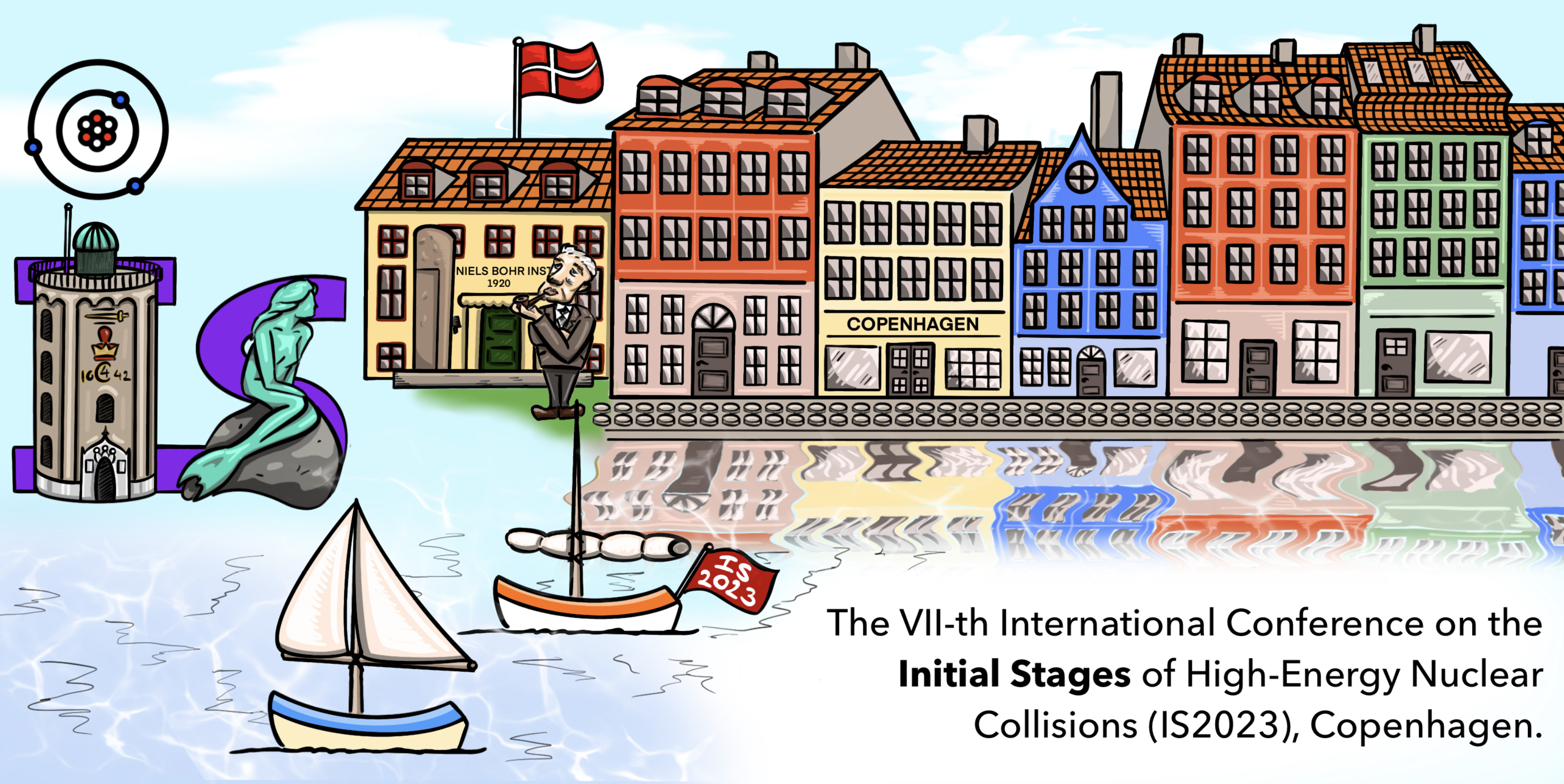Speaker
Description
It has been postulated that nonperturbative quantum chromodynamics (QCD) evolution of a single parton in the vacuum can develop long-range collective effects of a multiparton system, reminiscent of those observed in high-energy nuclear interactions from the formation of a quark-gluon plasma. A search for such QCD collective effects is performed by the CMS experiment via two-particle correlation measurements of charged constituents inside jets produced in high-pileup pp collisions. The data set used at $\sqrt{s} = 13 $~TeV corresponds to an integrated luminosity of 138~fb$^{-1}$, where the effect of pileup is treated by dedicated per-particle algorithms. For charged constituents within a reconstructed jet cone radius of 0.8, two-particle correlations as functions of relative azimuthal angle ($\Delta\phi*$)) and pseudorapidity ($\Delta\eta*$) are performed in a novel ``jet frame'', where constituent kinematics are re-defined relative to the jet direction being the $z$ axis. The correlation functions are studied in classes of in-jet charged multiplicity up to nearly 100, and for different ranges of particle transverse momentum in the jet frame. Anisotropy Fourier harmonics are extracted from long-range azimuthal correlation functions for $|\Delta\eta*|>2$. The long-range elliptic anisotropy harmonic, $v^{j}_2$, in data is compared to Monte Carlo (MC) event generators such as PYTHIA 8 and Sherpa.
| What kind of work does this abstract pertain to? | Experimental |
|---|---|
| Which experiment is this abstract related to? | CMS |
